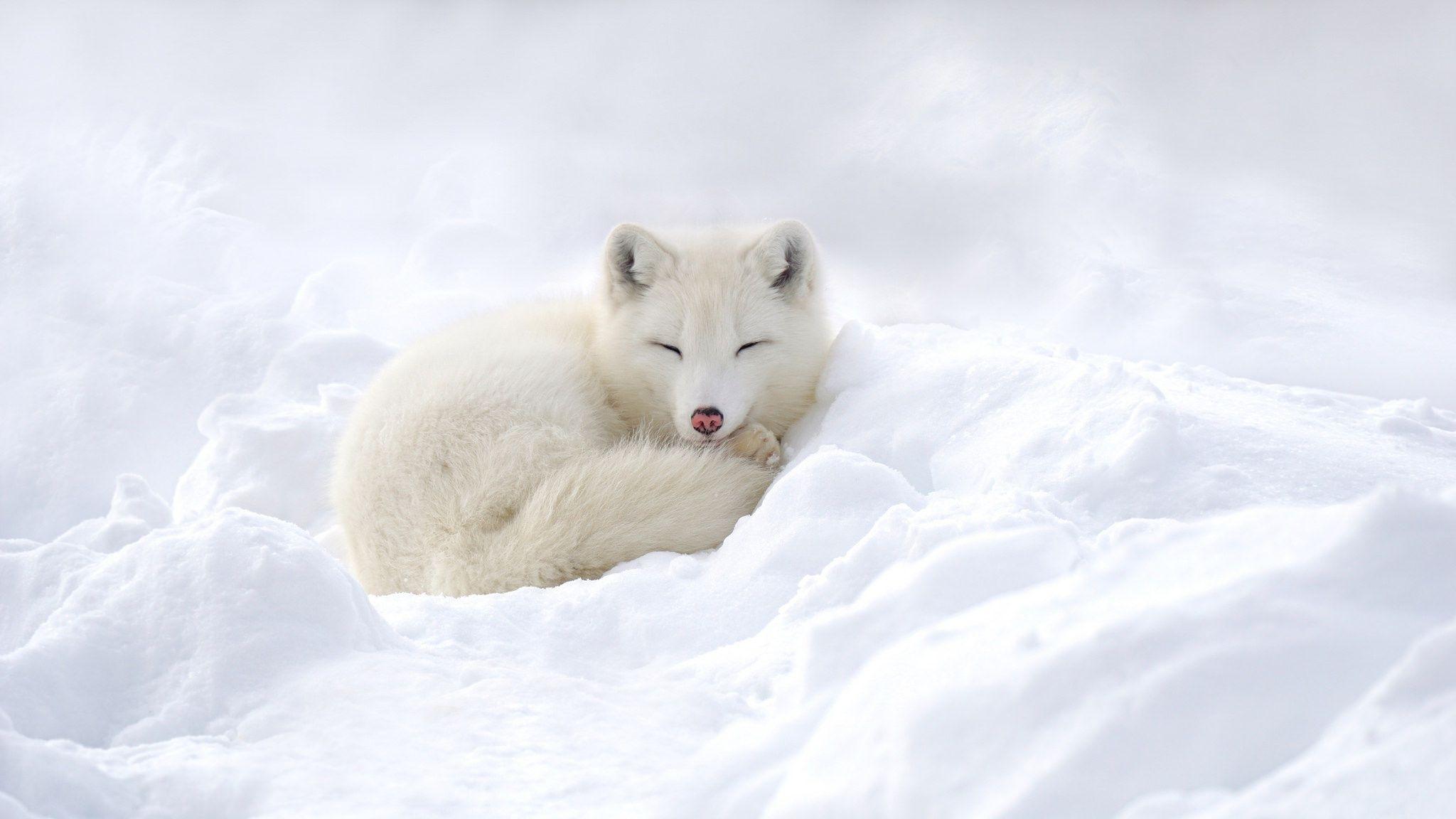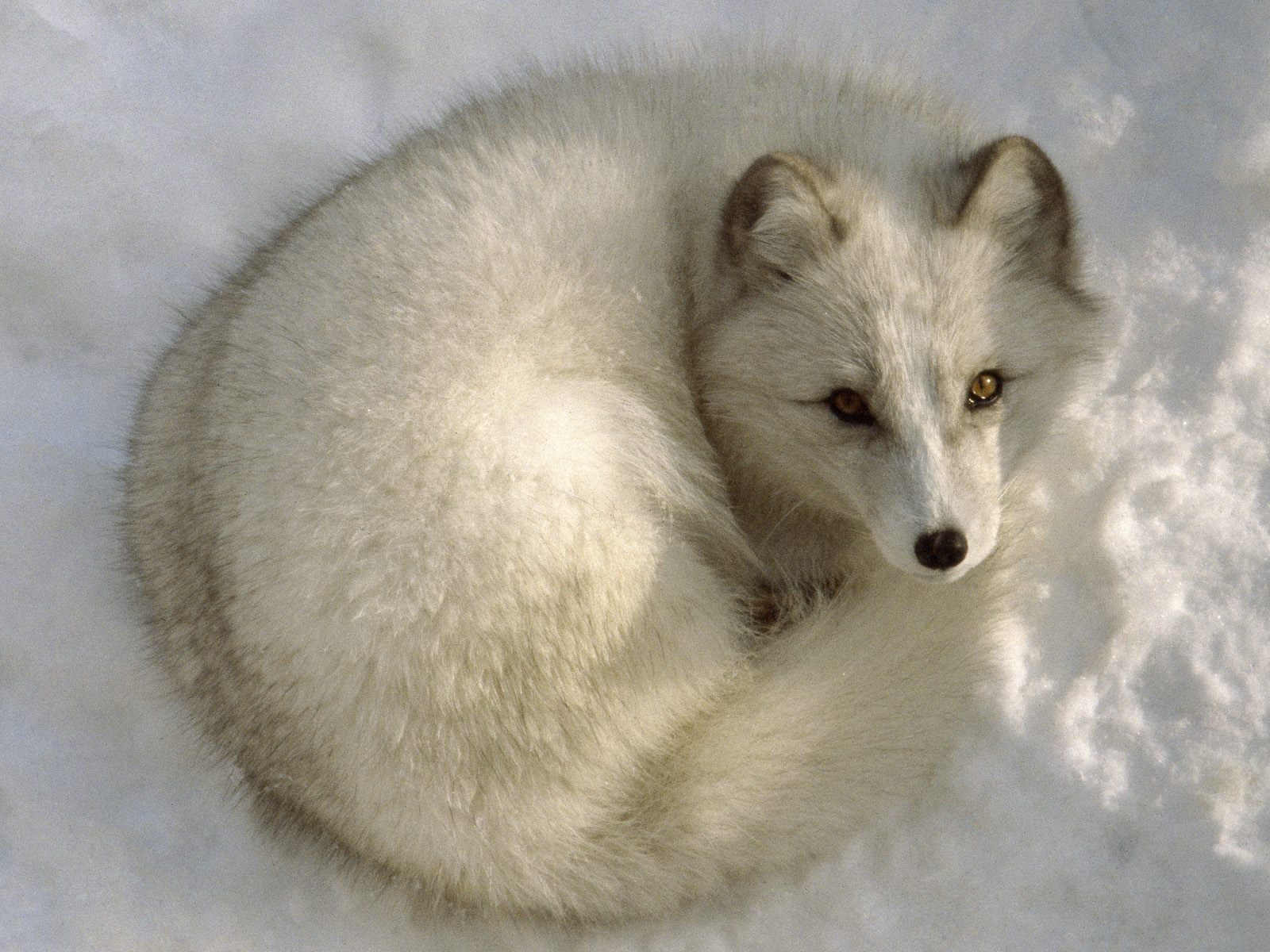The white fox, a creature that captivates the imagination, is often associated with mystery and elegance in various cultures. This article delves deep into the characteristics, habitats, and cultural significance of the white fox, exploring why it holds such a special place in the hearts of many. From its unique adaptations to survive in harsh environments to its representation in folklore, the white fox is a symbol of beauty and resilience that deserves our attention.
In this comprehensive guide, we will also discuss the conservation efforts being made to protect this majestic animal, outlining the challenges it faces in the modern world. As an animal that embodies both the fragility and strength of nature, understanding the white fox is crucial not only for wildlife enthusiasts but also for anyone interested in our planet's biodiversity.
Join us on this journey as we uncover the secrets of the white fox, providing insights that are not only informative but also engaging for readers of all backgrounds. By the end of this article, you will have a deeper appreciation for this remarkable creature and the vital role it plays in our ecosystem.
Table of Contents
- What is a White Fox?
- Biographical Overview of the White Fox
- Natural Habitat of the White Fox
- Diet and Hunting Techniques
- Cultural Significance of the White Fox
- Conservation Efforts for White Foxes
- Challenges Facing White Foxes Today
- Conclusion
What is a White Fox?
The white fox, scientifically known as Vulpes lagopus, is a small to medium-sized canid that is primarily found in Arctic and sub-Arctic regions. Known for its thick, white fur which provides insulation against cold temperatures, the white fox is a master of survival in some of the harshest conditions on Earth. These animals are also known as Arctic foxes, and they exhibit remarkable adaptations that allow them to thrive in extreme environments.
White foxes have a unique physical appearance, characterized by a bushy tail, short legs, and a compact body that helps minimize heat loss. Their fur changes color with the seasons, turning brown or gray during the summer months to blend in with their surroundings, which helps them evade predators and enhance their hunting success.
Biographical Overview of the White Fox
| Attribute | Details |
|---|---|
| Scientific Name | Vulpes lagopus |
| Common Names | Arctic Fox, White Fox |
| Habitat | Arctic and sub-Arctic regions |
| Diet | Omnivorous: small mammals, birds, fish, and carrion |
| Life Span | 3 to 6 years in the wild; up to 14 years in captivity |
Natural Habitat of the White Fox
The primary habitat of the white fox includes tundra regions, sea ice, and coastal areas. These environments are characterized by extreme cold and limited vegetation, which pose significant challenges to survival. White foxes are incredibly adaptable and can navigate through snow-covered landscapes with ease.
During the winter months, they utilize their thick fur to create insulation against the cold, while their fur-covered pads help them traverse icy surfaces. Their keen sense of hearing allows them to locate prey beneath the snow, making them effective hunters in harsh conditions.
Climate Adaptations
White foxes have developed several adaptations that enable them to thrive in their frigid habitats:
- Thick Fur: Their fur is not only long and dense but also has a unique structure that traps air for insulation.
- Body Shape: A compact body shape minimizes heat loss, allowing them to conserve energy.
- Diet Flexibility: Their omnivorous diet helps them adapt to seasonal changes in food availability.
Diet and Hunting Techniques
The diet of the white fox primarily consists of small mammals such as lemmings, voles, and hares, but they are also opportunistic feeders that will consume birds, fish, and carrion when necessary. Their ability to adapt their diet based on food availability is a crucial survival strategy.
Hunting Strategies
White foxes employ various hunting techniques to capture their prey:
- Stalking: They carefully stalk their prey, using the snow as cover.
- Ambush: Foxes may hide and wait for unsuspecting animals to come close.
- Listening: Their acute hearing allows them to detect movements beneath the snow.
Cultural Significance of the White Fox
The white fox holds a prominent place in various cultures and mythologies. In many Indigenous cultures, the white fox is seen as a symbol of intelligence, adaptability, and cunning. Folklore often portrays the white fox as a trickster figure, embodying both wisdom and playfulness.
In addition to its representation in mythology, the white fox is also a subject of artistic expression, inspiring numerous works of literature, art, and fashion. Its striking appearance and elusive nature contribute to its status as a cultural icon.
Conservation Efforts for White Foxes
As climate change continues to impact Arctic habitats, conservation efforts for white foxes are increasingly vital. Organizations and researchers are actively working to monitor white fox populations, protect their habitats, and raise awareness about the challenges they face.
Efforts include:
- Habitat Protection: Preserving tundra ecosystems and minimizing human encroachment.
- Research: Studying population dynamics and health to inform conservation strategies.
- Education: Raising awareness about the importance of white foxes in the ecosystem.
Challenges Facing White Foxes Today
Despite their resilience, white foxes face numerous challenges that threaten their existence:
- Climate Change: Warming temperatures are altering their habitats and affecting prey availability.
- Human Encroachment: Development in Arctic regions disrupts their natural habitats.
- Pollution: Contaminants can affect their health and the health of their prey.
Conclusion
In conclusion, the white fox is not just a beautiful creature of the Arctic; it is a vital component of its ecosystem. Understanding the biology, behavior, and cultural significance of the white fox is essential for promoting its conservation. As we face an uncertain future due to climate change and habitat loss, it is our responsibility to protect this remarkable species and the delicate ecosystems they inhabit.
We invite you to share your thoughts on the white fox in the comments below, and encourage you to explore more articles on wildlife conservation and the beauty of nature. Together, we can make a difference for the white fox and other endangered species.
Thank you for reading, and we hope to see you back here for more insightful articles about the wonders of our natural world.
Exploring The Life And Legacy Of Blake Fielder-Civil
Foundation Season 3: Everything You Need To Know About The Future Of The Galactic Empire
Understanding Acyn: A Comprehensive Guide


